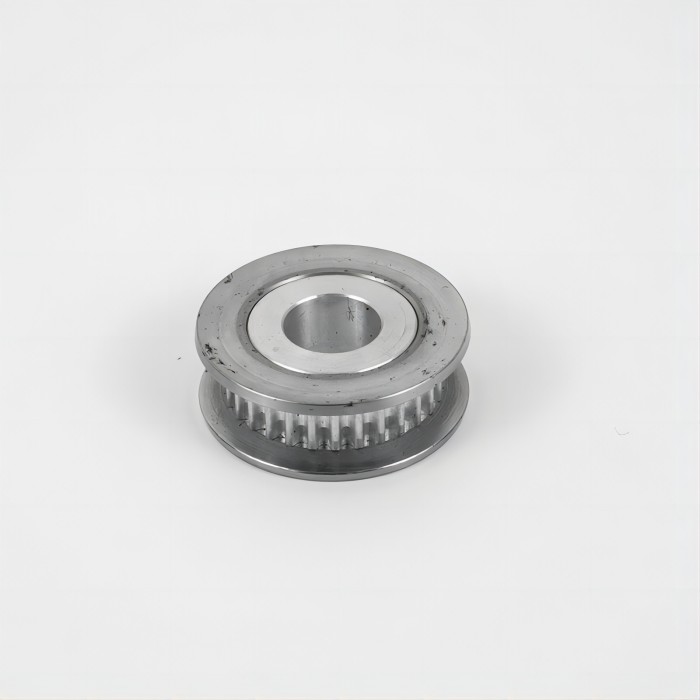
Turning machining is a process based on the principle of rotational cutting and is used to accurately shape and size various parts. The core of this processing method is to use a lathe as a working platform. The cutting tool installed on it will rotate along the axial direction of the workpiece at high speed. At the same time, the tool will also move in the circumferential or radial direction of the workpiece to remove the excess material and mold it to the desired shape and size.
Turning machining can be roughly divided into two types: external turning and internal turning. Cylindrical turning focuses on the processing of the outer surface of the workpiece. Through precise cutting operations, irregular parts of the workpiece can be transformed into precise circular or cylindrical shapes. Internal turning focuses on the processing of the inside of the workpiece, using special tools to precisely cut the holes inside the workpiece to achieve the ideal circular shape.
Turning machining occupies a pivotal position in the manufacturing industry, especially in the automotive, aviation, shipbuilding and machinery industries. Whether it's shafts, gears, threads or holes, turning machining can provide precise dimensions and shapes for these parts. In addition, turning machining also plays an important role in emerging fields such as reverse engineering and rapid prototyping, providing strong support for the development of these fields.
